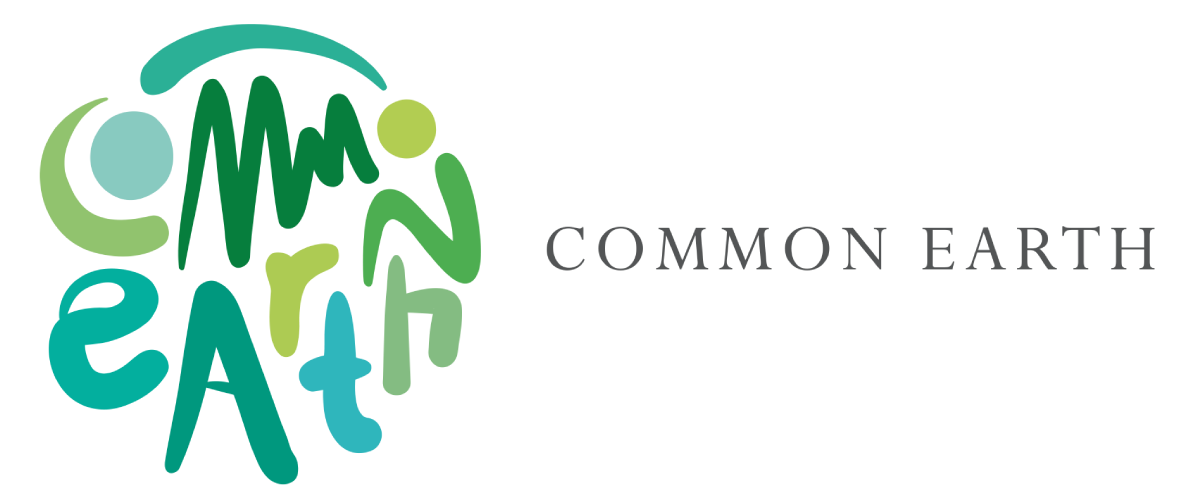Holistic Marine Management in the Phoenix Islands
Location: Kiribati
Authorities in Kiribati are working with local communities to holistically manage one of the world’s largest protected areas.
The Phoenix Islands Protected Area (PIPA) is a groundbreaking environmental achievement. Ten years on from its creation, the Bring PIPA Home initiative is working to integrate that achievement into the lives of the Kiribati people as a basis for developing greater climate resilience.
PARTNERS
Bring PIPA Home is being led by the PIPA Trust, a government-supported local NGO tasked with leading conservation and ocean management in Kiribati. Government elements and community representatives are also involved, including the Ministries of Fisheries and Environment, and the Council of Old Men and Council of Old Women.
AIMS
The PIPA Trust set up the Bring PIPA Home initiative to make the PIPA project more visible and more meaningful to the wider Kiribati public. Developed in consultation and collaboration with local communities, Bring PIPA Home will lay the groundwork for sharing the lessons, discoveries and wonder of conservation efforts in the PIPA across Kiribati and beyond, while giving Kiribati people the opportunity to directly participate in the management of the PIPA.
One of the key elements of Bring PIPA Home is the development of a holistic spatial plan that will map the culture and ambitions of the people of Kiribati with respect to their ocean resources. Kiribati is the first country in the world to begin work on a regenerative domain plan of this type, which will start by mapping the PIPA with a view to growing to cover all of Kiribati’s ocean territory. The plan will act as an integrated model for all authorities to work with collaboratively, avoiding the cumbersome division of resources and responsibilities between ministries. More importantly, it will enable Kiribati communities to better understand their relationships with their unique environment and use this understanding as a basis for securing a resilient economic future.
CONTEXT
As a nation of low-lying islands and atolls, Kiribati is under threat from sea level rise associated with anthropomorphic climate change. In 1999, two islands in Kiribati territory became the first to be fully submerged, and it is projected that all of the nation’s arable land will be either submerged or rendered unusable due to over-salination by 2100. The US$5.5 million Kiribati Adaptation Program was set up early in the new millennium to support measures that reduce Kiribati’s vulnerability to climate change, but despite the Program’s work the situation has only become more urgent in recent years.
The human concerns around climate change in Kiribati exist in relationship with concerns about the conservation of the islands’ unique ecosystems. In 2010, the Kiribati government set up the Phoenix Islands Protected Area, a region the size of California where commercial fishing is prohibited, and invasive species have been removed. As one of the largest protected areas in the world, on land or sea, the PIPA attracted a great deal of international acclaim, and is widely seen as a major environmental accomplishment. However, as most of the population of Kiribati live not on the Phoenix Islands but on the Gilbert and Line archipelagos, they were not directly involved in this important part of the nation’s modern cultural story.
METHOD
Using the latest oceanographic techniques, Bring PIPA Home is developing a three-dimensional map of the PIPA, from the surface down to the deep abyssal plains 5km below. However, a spatial map alone is not sufficient to describe all the important aspects of the PIPA. Alongside the cartographic work, Bring PIPA Home is building up a picture of communities’ relationships to the resources and ecosystems the PIPA protects through consultation and conversation. Together, the physical map and the relational map will tell a holistic story of the PIPA as part of a living ocean nation, making visible the potential for emerging regenerative development.
With many elements of the PIPA map already in place, Bring PIPA Home is starting to look towards building the map out across the rest of Kiribati’s oceans. In doing this, one of the key challenges is accurately accounting for the differences between the Phoenix Islands and Kiribati’s other main island groups: the Gilbert Islands and the Line Islands. Given the success of the PIPA as a conservation project, the primary economic potential of the Phoenix islands lies in low-volume, high-yield eco-tourism. The Gilbert and Line Islands are much more densely inhabited, and their economies consist primarily in industrial fishing and recreational tourism. There are also key ecological differences - Line Island corals, for example, have shown a unique propensity for heat resistance. If its extension to these parts of the country is to give a faithful picture of all aspects of Kiribati’s relationships with its oceans, the Bring PIPA Home map must recognize the unique potential of each area.
The PIPA Trust and the Kiribati government hope that their holistic approach to marine management will be able to scale beyond their island nation by way of example. The Bring PIPA Home project will generate both new strategies for regenerative development and new breakthroughs in climate resiliency, to be shared with the rest of the Pacific community and the world.

